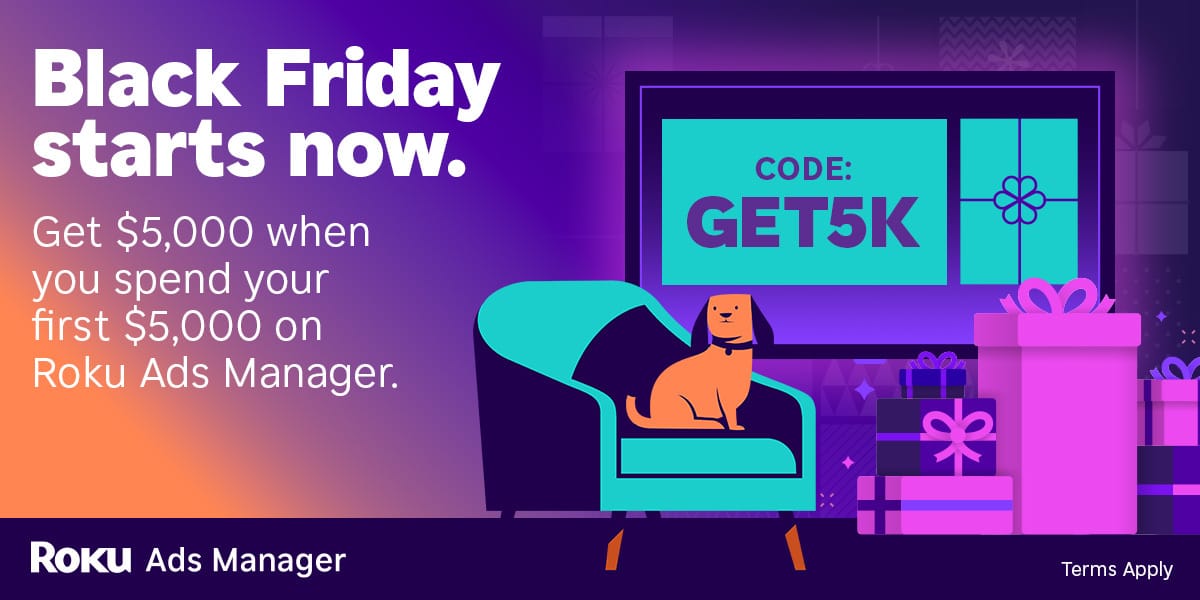This is probably the last time an AI-generated video is newsworthy simply because it is AI-generated. Google's new Thanksgiving commercial—featuring Tom the turkey booking a flight away from the farm using AI Mode—isn't remarkable because it's synthetic. It's remarkable because Google didn't bother labeling it as such.
According to Robert Wong from Google's Creative Lab, the company deliberately skipped the "Made with AI" badge. Not to hide anything, but because they believe we're past the point where it matters. When the YouTube version includes a disclosure, it's because the platform requires it, not because Google thinks viewers care. Wong's take: marketers may be "drunk on AI," rushing to slap AI badges on everything to impress their bosses, but consumers just want good creative. The medium is becoming invisible.
The ad itself cleverly dodges the biggest AI creative landmine: the uncanny valley. By casting a plush turkey instead of attempting photorealistic humans, Google sidesteps the creepy, almost-but-not-quite-right problem that tanked Coca-Cola's AI Christmas ads and made Toys "R" Us a cautionary tale. It's a smart, creative choice dressed up as a technical constraint—animated holiday specials and toy-like characters already have permission to be stylized. Nobody expects Tom to look real, so the AI doesn't have to nail human skin texture or eye movements. The bar is lower, and that's the point.
But, hey. This turkey ad is really just an excuse to talk about something I feel very strongly about.
If you haven't tried to generate a video for your brand yet, you need to.
Not because you'll make something good—you probably won't. Not because you should start shipping AI ads tomorrow—you probably shouldn't.
But because you need to understand where these tools are right now, in November 2025, so you stop asking impossible things from your team or accepting mediocre excuses from your agency.
Spend a day with Veo, Sora, Runway, whatever. Try to make a 30-second spot for your actual product. You'll learn what's genuinely possible (a lot) and what the real bottlenecks are (also a lot). You'll discover that character consistency across shots is still finicky. You'll realize you need to think about storyboards completely differently—shorter cuts, simpler camera moves, fewer characters per scene. You'll learn that "prompting" a video model is nothing like prompting text; it's closer to directing, except your actors can't take notes and your cinematographer can’t come up with ideas of their own.
And critically, you'll learn where your taste actually matters. The AI gives you raw material. Your judgment turns it into something worth watching. But you can't apply that taste effectively if you don't understand what the tool can and can't do. It's the difference between being a creative director and being someone who hopes the magic box spits out something usable.
Oh yes, you'll absolutely waste a day. It's the best day you can waste right now.
Because the alternative is operating blind—either demanding miracles your team can't deliver or accepting "that's just how AI works" when they're actually just being lazy. Understanding the constraints makes you dangerous. It lets you spot the difference between a technical limitation and a skills gap. And it stops you from being the person in the room who thinks this stuff is magic when it's actually just really, really good software with very specific edges.
— Torsten & Peter
Today’s sponsor
CTV ads made easy: Black Friday edition
As with any digital ad campaign, the important thing is to reach streaming audiences who will convert. Roku’s self-service Ads Manager stands ready with powerful segmentation and targeting — plus creative upscaling tools that transform existing assets into CTV-ready video ads. Bonus: we’re gifting you $5K in ad credits when you spend your first $5K on Roku Ads Manager. Just sign up and use code GET5K. Terms apply.
Free Workshop Replay: How to Use AI for Market Research
You need competitive intelligence, customer insights, and tactical execution data. But traditional research is too slow and expensive. So you're making decisions based on incomplete information or surface-level Google searches.
This workshop demonstrates the DIG Method—the exact system Torsten's team at Appen uses daily to turn AI into their market research department. Discovery for landscape analysis, Investigation for deep psychological insights, Groundwork for tactical execution. Research that normally takes two days, done in 17 minutes.
Live demo included. Real case study (launching a sustainable fashion brand for Gen Z). Exact prompts for Gemini, ChatGPT, and Claude. Complete synthesis showing how to connect isolated insights into strategic intelligence.
Recorded November 2025. This is a replay from our Pro members-only series—Pro members get weekly live sessions with Q&A and implementation support.
» Watch now: Expert ways to do market research with AI
» Get full access with Pro: https://aireadycmo.com/upgrade






